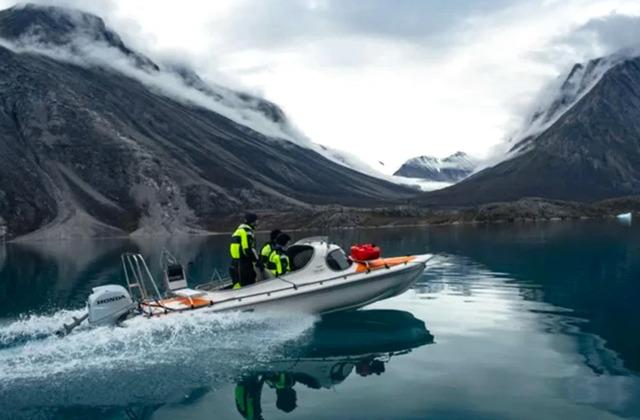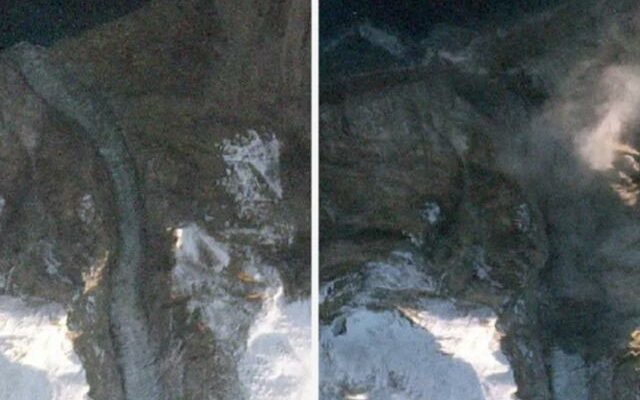A massive landslide occurred in Dickson Fjord, Greenland. This massive landslide triggered a wave that “shook the Earth” for nine days. At 1200 meters high, the peak of the mountain collapsed as the melting glacier on the slope could no longer support the load. Such a large mass was displaced that a wave as high as 200 meters was triggered.
MEGA TSUNAMI STUCK
The resulting mega-tsunami got stuck in a narrow fjord and bounced back and forth, creating a tremor that has long remained a mystery. Scientists estimate that the melting of glaciers supporting the Greenland mountains due to climate change is making similar landslides more frequent.
The seismic mystery, which lasted 9 days, was solved by an international team of scientists and the Danish Navy in cooperation. The results of the detective work were published in the journal Science. Academic Dr. Stephen Hicks from UCL in London remembers that when it was first detected, the seismic signals were not likened to earthquakes. “We called it an ‘unidentified seismic object’,” Hicks said.
DISCUSSION OF THE MYSTERIOUS SEISMIC SIGNAL BEGAN ON THE INTERNET ENVIRONMENT
A group of curious scientists began discussing the mysterious seismic signal on the internet. The recorded signals were determined to occur every 90 seconds for nine days. The pieces started to come together when Danish scientists reported a tsunami in a remote fjord in Greenland. Using seismic data, the team determined that the source of the signal was Dickson Fjord in eastern Greenland.
The researchers gathered a number of clues, including satellite imagery and photos of the fjord taken by the Danish Navy before the tsunami. One satellite image showed a dust cloud in a hole in the fjord. Comparing photos taken before and after the event, the team found that part of the glacier mass was dragged into the water in the event, which was triggered by the collapse of a mountain.

ROCK MASS CAUSED “MEGA TSUNAMI”
Researchers calculated that 25 million cubic metres of rock hit the water, creating a 200-metre-high “mega-tsunami”. That’s roughly the volume of 25 Empire State Buildings (a 381-metre-tall skyscraper). Tsunamis, which are usually caused by earthquakes, dissipate within hours in the open ocean. But this mega-tsunami got stuck in the fjord.
“This landslide occurred 200km from the ocean, so the wave couldn’t release its energy,” Dr. Hicks explains. The detective team built a model that showed the wave moving back and forth across the fjord over nine days. “We’ve never seen this much water movement over such a long period of time,” Dr. Hicks says. Scientists believe the landslide was caused by melting glaciers at the base of the mountain due to rising temperatures in Greenland.
“The glacier that supports the mountain has thinned so much that it has stopped holding it together,” Dr. Hicks said. “This is an example of how climate change is affecting these areas.” These fjords are visited by cruise ships that take tourists around the polar circles. Fortunately, none of them were in the area where this landslide occurred.
”IT HAS BECOME A MORE COMMON PHENOMENON”
Dr. Kristian Svennevig, principal investigator at the National Geological Survey of Denmark and Greenland (GEUS), reports that similar events are becoming an increasingly common phenomenon in the Arctic.
“We are seeing an increase in landslides, particularly in Greenland, which are causing huge tsunamis,” Svennevig told the BBC.
Dr Hicks said the Dickson Fjord landslide was “perhaps the first example of a climate change event affecting the crust beneath our feet.” (BBC)
